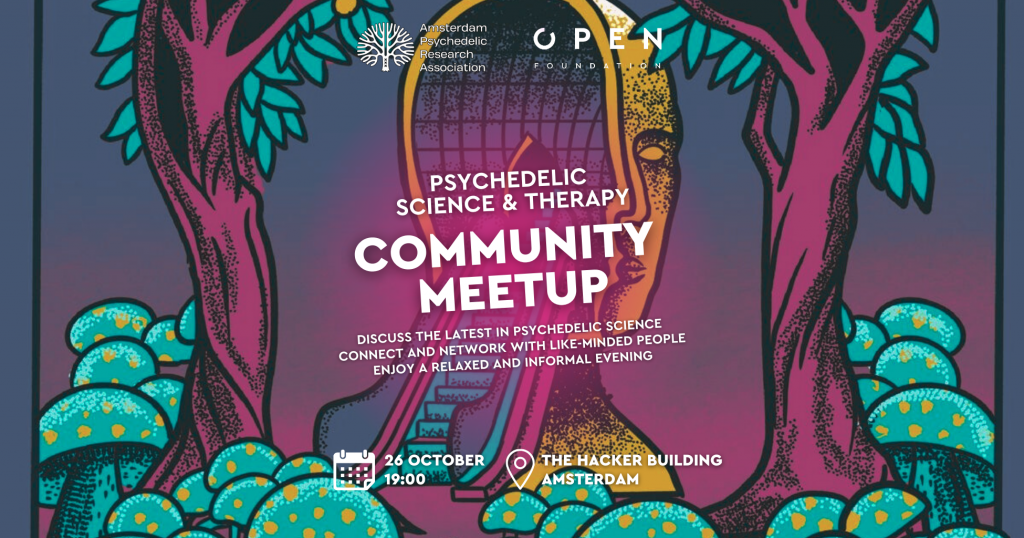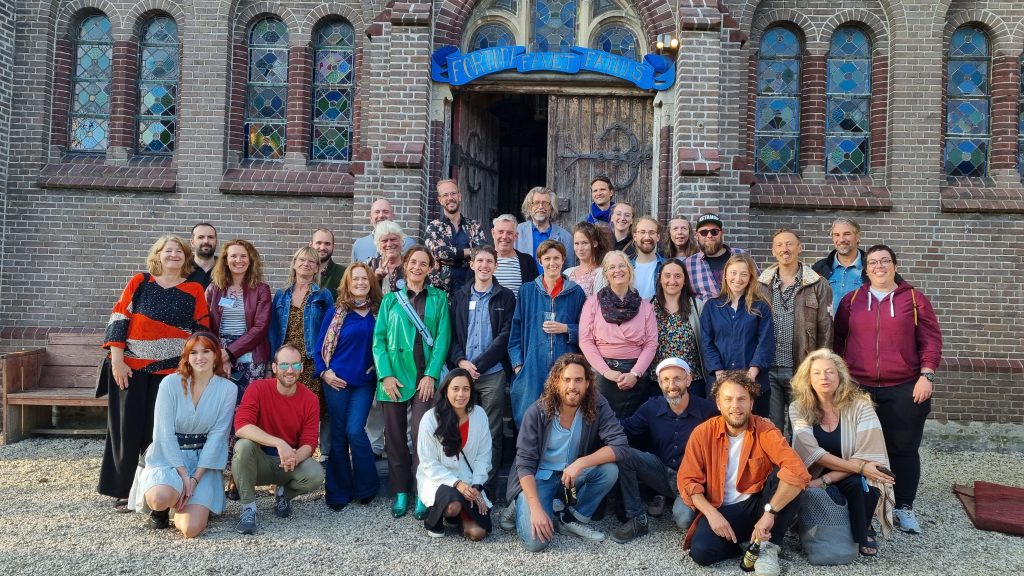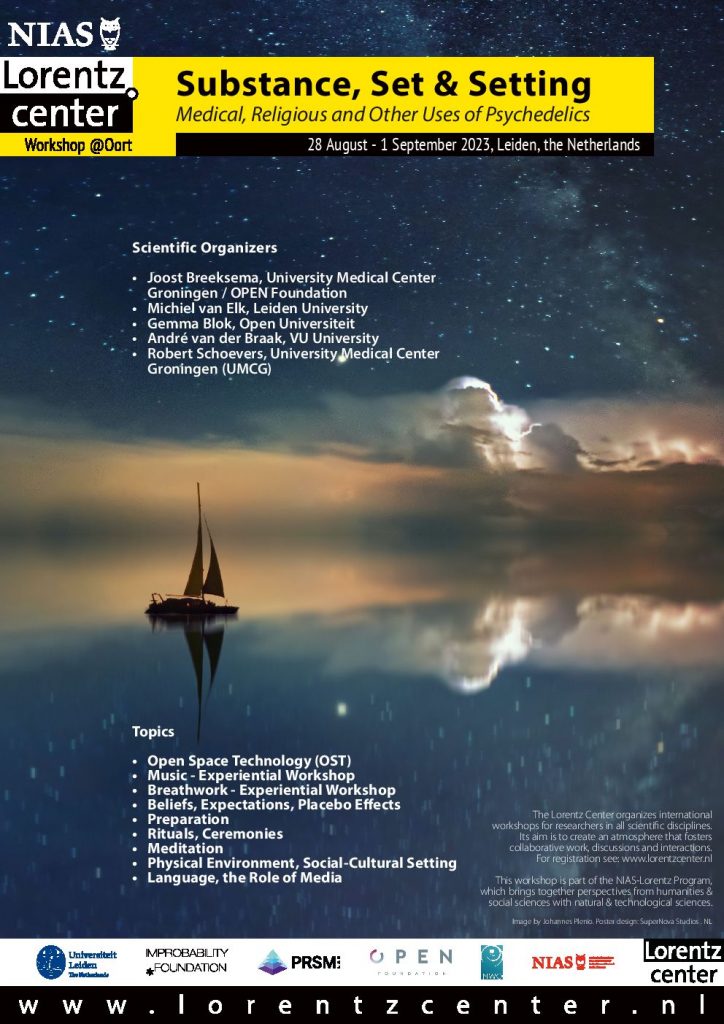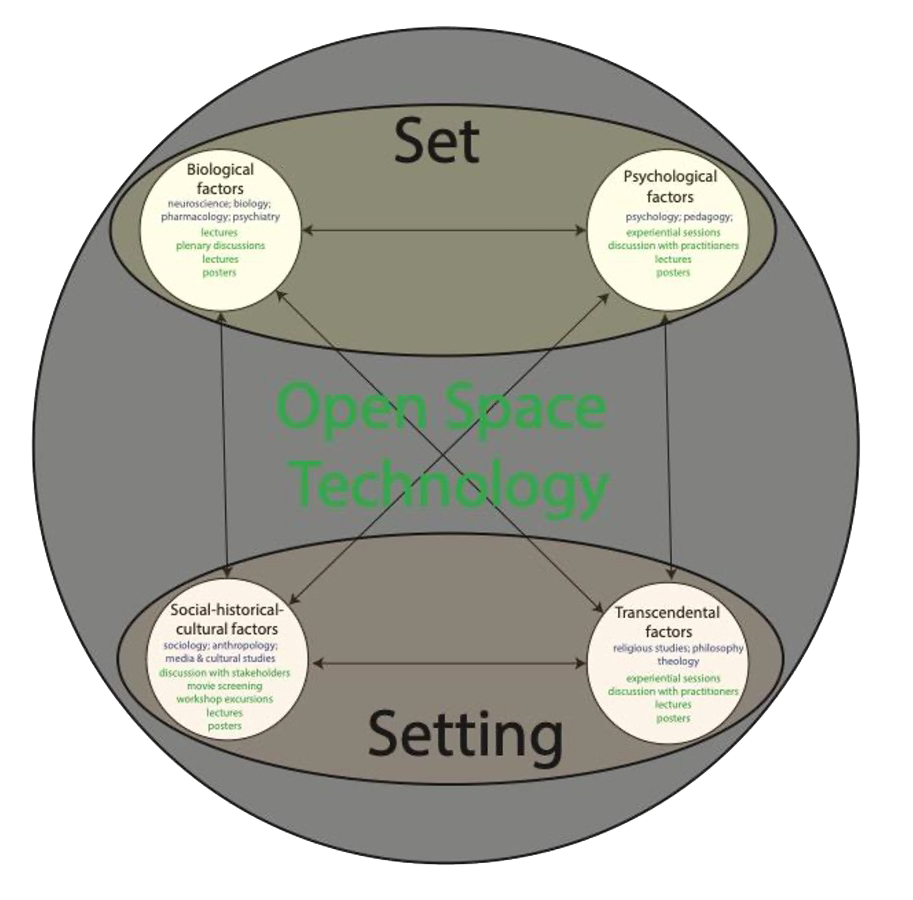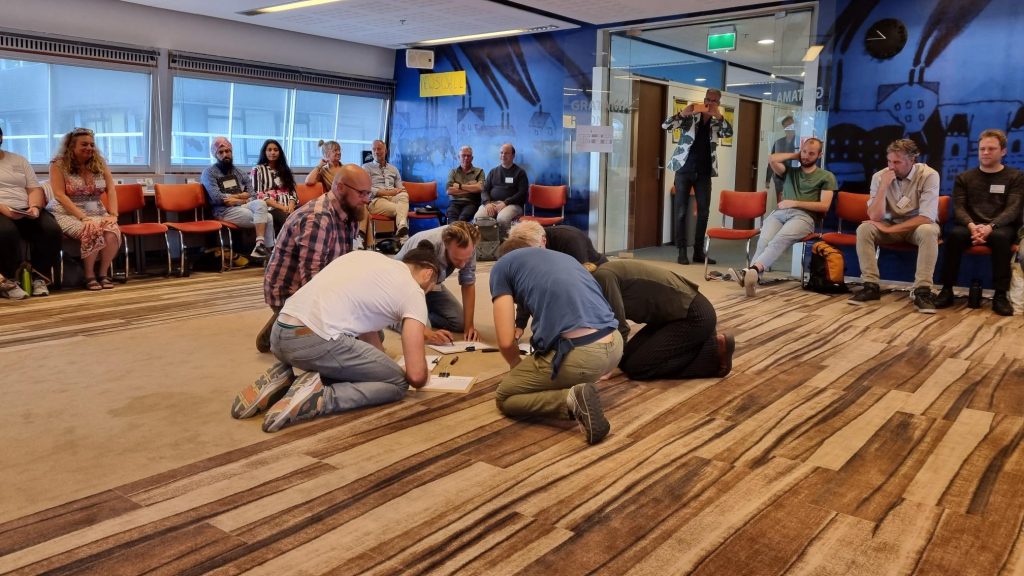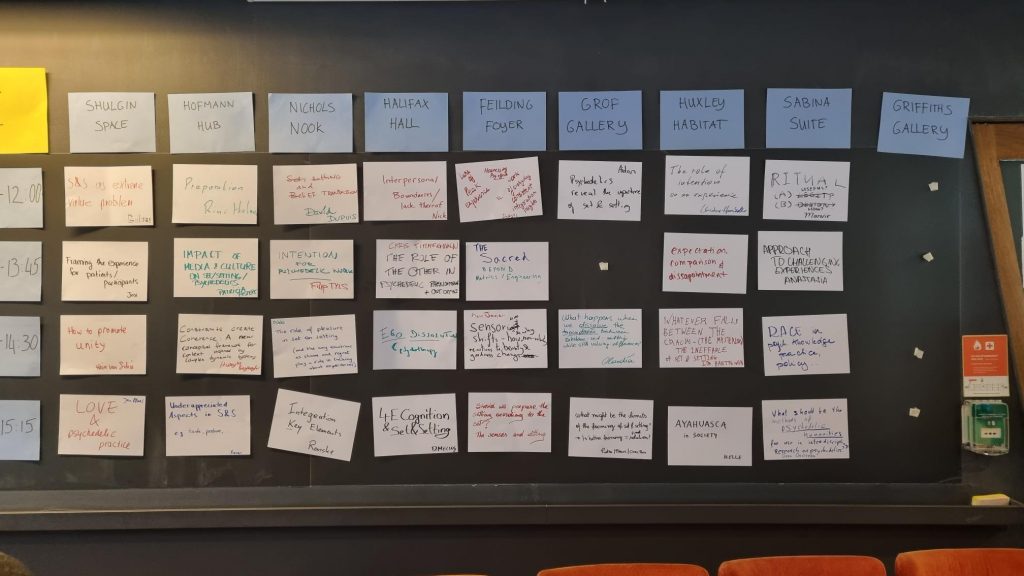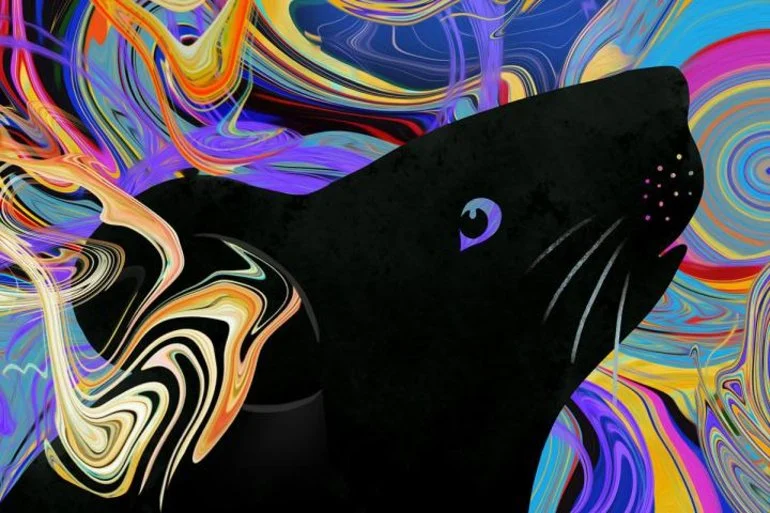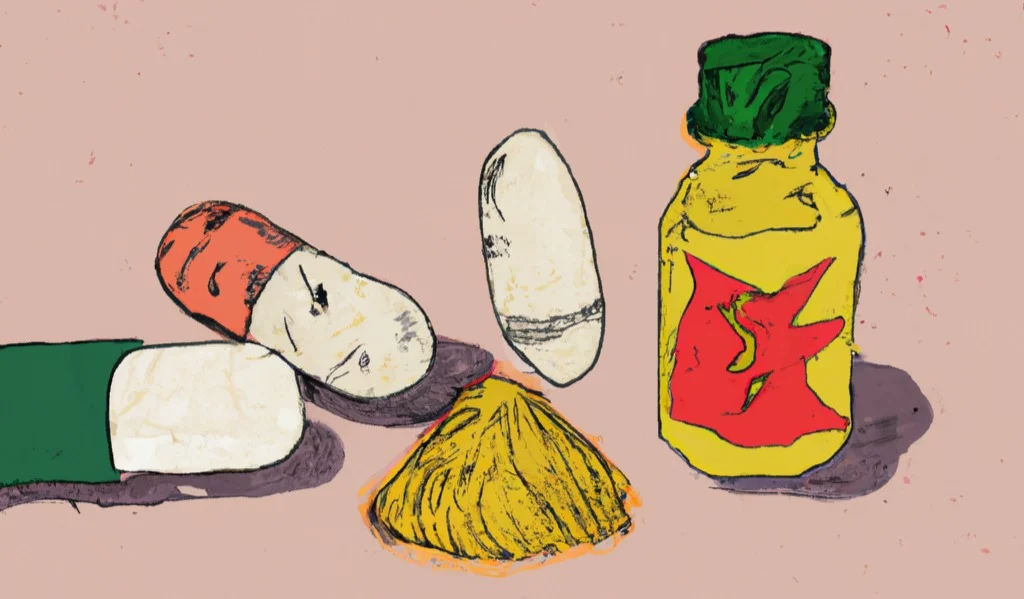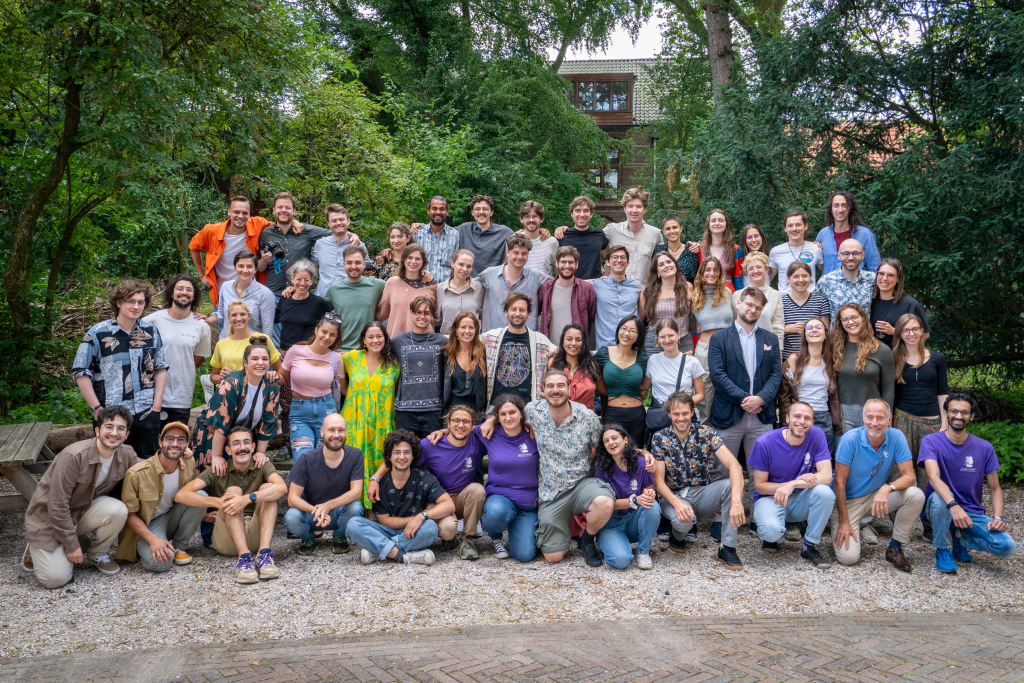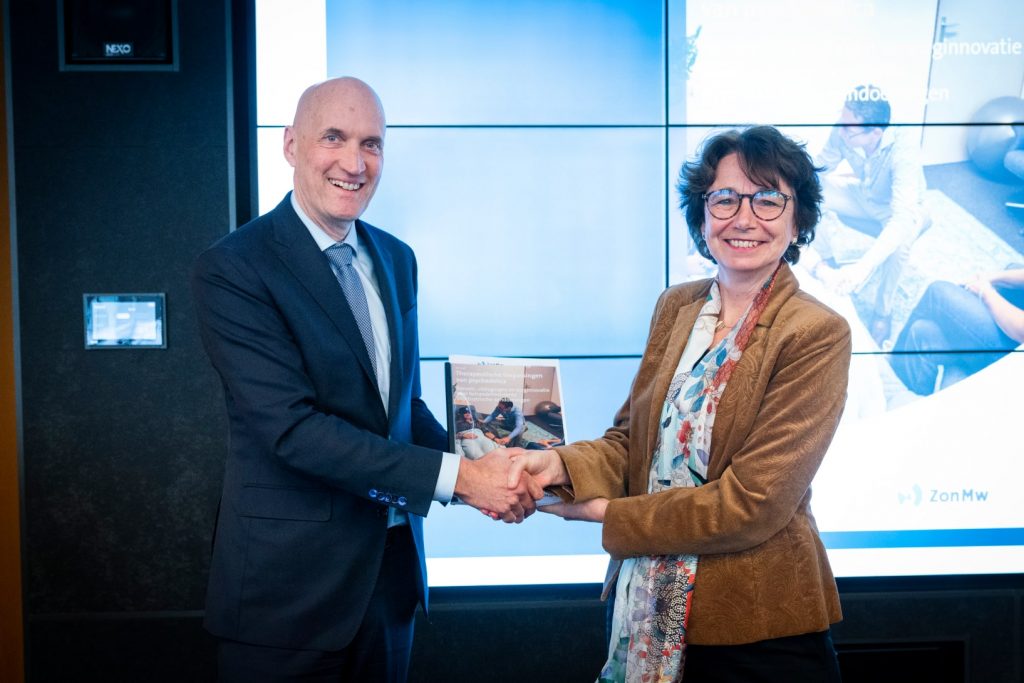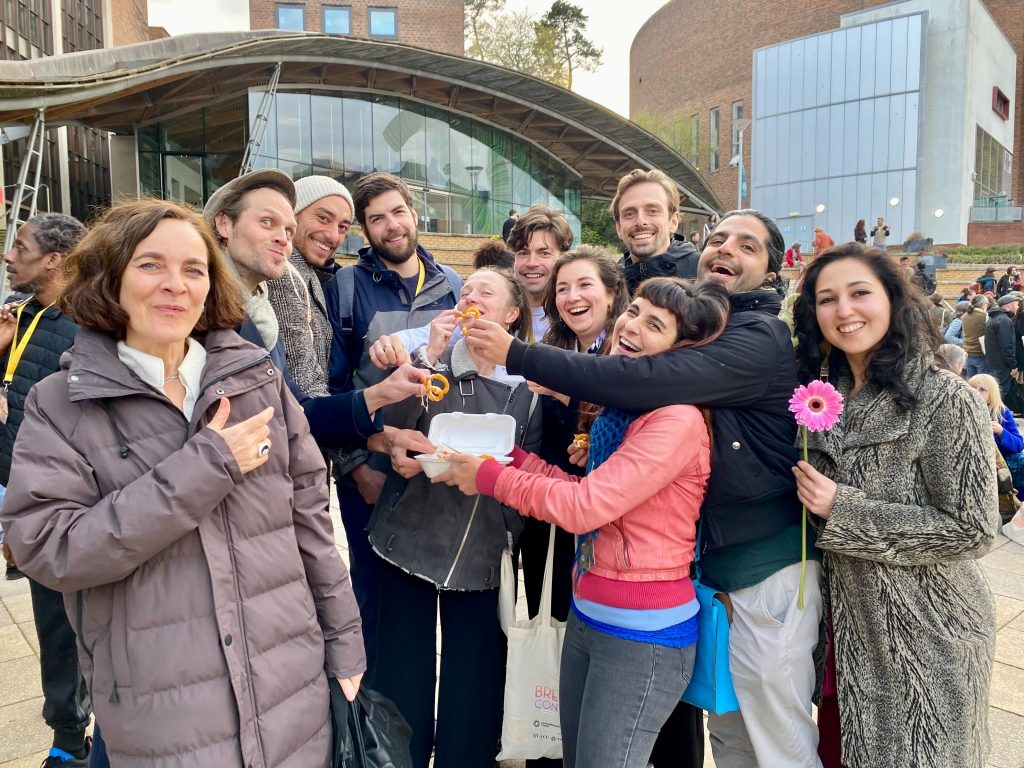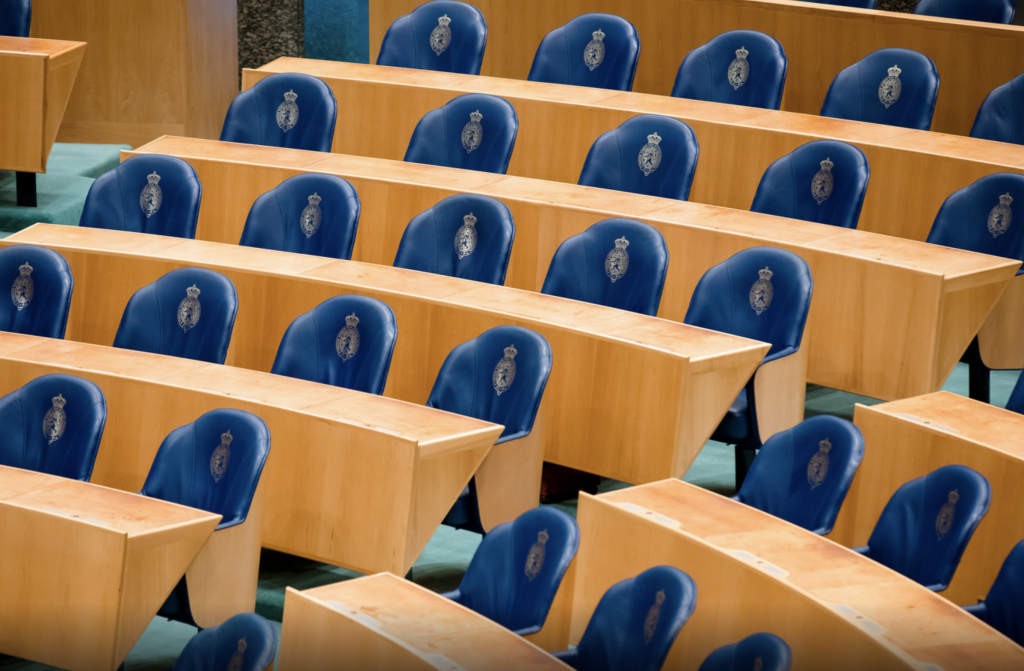The chronicles of the psychedelic renaissance continue as Ernst Kuipers responds to a recent report regarding psychedelics’ potential therapeutic use. The following article provides a brief recap of the past year and summarises Kuipers’ response that could provide a glimpse of what the future of psychedelic-assisted therapy and research in the Netherlands is going to look like.
Approximately one year ago, I wrote a piece about our Dutch Health Minister Ernst Kuipers and how he stated that the Netherlands should be at the forefront of psychedelic research. This response was exciting to me, to put it mildly, and something I did not expect because of the stigma surrounding psychedelics. In short, Kuipers seemed very thrilled and up to date regarding psychedelic-assisted therapy (PAT). Specifically, Kuipers was aware of the potential of PAT for treating various treatment-resistant psychiatric disorders, while simultaneously maintaining a measured stance and acknowledging the various barriers that still persist today (e.g., lack of financial resources and therapy training).
Later that year on October 13th, 2022, the therapeutic use of psychedelics was introduced to other members of the Dutch parliament. This happened during a roundtable discussion that was divided into four blocks and consisted of patient perspectives with PAT, the most recent scientific findings, stories from several therapists, and future perspectives for this novel treatment. At that time, I believed this was going to be a pivotal and historic moment for psychedelics and tried to watch most of the livestream whilst being in the midst of my own research that day. When tuning in, I was both relieved and elated when I heard one of the politicians saying: “I don’t know about the rest of you, but I find this extremely interesting!” Across the political spectrum, the Dutch parliament was excited about recent developments regarding PAT.
This brings us to the aforementioned report written by OPEN executive director Joost Breeksema, professor of psychiatry Robert Schoevers, and neuroscientist Rutger Boesjes. This report was presented to Kuipers on March 6th, 2023, during a mini symposium at the University Medical Centre of Groningen (UMCG). In an earlier blog post, I wrote about how the report was aimed at further informing the Dutch Health minister regarding the current state of affairs of PAT.
And now, on June 26th, 2023, Kuipers has written his official response towards the Dutch parliament in which he first and foremost “would like to thank ZonMw and the authors for the report that explores the opportunities, challenges, and health care innovation of psychedelic-assisted therapy for treatment-resistant psychiatric disorders.” In particular, these include the use of various psychedelics as psilocybin or ketamine for chronic depression or addiction, the use of MDMA for post-traumatic stress disorder, but also the use of LSD for cluster headache. Kuipers: “This report entails the first overview of the current state of affairs of PAT in the Netherlands and provides a significant contribution to the conversation about PAT and decisions about future steps.”
After proving a summary of the earlier report, Kuipers agrees with the authors and remains “positive about the development of PAT and its use in the treatment of severe or treatment-resistant psychiatric disorders.” He further states that “the development of psychedelics as treatment needs to be considered as the development of a medicine and should thus adhere to applicable guidelines.” Put simply, this means conducting the necessary clinical trials that are required to get a market registration for psychedelics. To pull this off requires a tremendous amount of effort and teamwork, which is why Kuipers “encourages various university medical centres and special health care facilities to engage in a national collaboration that allows for the coordination of the necessary research and gathering of information regarding quality, efficacy, and safety of PAT. I am exploring possibilities for financing a multiple year research program, potentially with a collaboration between the public and private sector.”
Yet, this team effort also requires attenuating the various barriers associated with conducting psychedelic research. This includes the fact that psychedelics are illegal according to the so-called Dutch ‘Opiumwet’ that follows similar classifications of psychoactive substances as the United States Drug Enforcement Agency. For example, MDMA is listed as having no currently accepted medical use, despite its huge promise in the treatment of post-traumatic stress disorder when given with psychotherapeutic support. Furthermore, Kuipers states from the UMCG report that “researchers are concerned about political and societal acceptance when considering psychedelics as a potential medicine”, but also about “the increase in media attention towards PAT that can lead to non-medical use in society.” Indeed, it is important to remember that psychedelics are able to cause harm, particularly when given in an uncontrolled setting without any support. I highly recommend Jules Evans’ Challenging Psychedelic Experiences Project that focuses on psychedelic risk and harm reduction. Evans recently joined us for a live online event ‘Extended Difficulties After Trips, and What Helps People Deal with Them’ talk more about this and can be rewatched on our Circle community platform.
Another topic that is addressed in Kuipers’ letter is the compassionate use of psychedelics. This is a situation in which patients with a terminal illness or chronic disease have exhausted all current proven and available treatment options. Because these people are in dire straits, they are able to ask for early access to investigational drugs, including psychedelic substances as psilocybin or LSD. This could outweigh the expected value of routine care, palliative care, or no care at all, with the addition of assessing the expected value of PAT. Kuipers mentions that “compassionate use can be requested through the CBG (College ter Beoordeling van Geneesmiddelen)” – a Dutch independent authority that assesses the quality, effects, and safety of various medications in order to adequately inform the patient.
Although Kuipers mentions that “compassionate use is on the horizon”, he also says that “it might be untenable in the current phase, considering there is no clarity regarding market registration.” This is consistent with the UMCG report, where Breeksema and his colleagues stated that compassionate use is dependent on how PAT is going to be implemented within a therapeutic context.
Other questions according to Kuipers remain. Who is going to pay for psychedelics? Who is going to produce psychedelics? And what about paying therapists and clinicians for their treatment hours before, during, and after the dosing session? For scheduled substances, such as psychedelics, Kuipers emphasises that “there needs to be a location for the industry in the Netherlands, and this is currently not the case.”
Currently, the Dutch ministry of Health, Welfare, and Sport is frequently in contact with researchers and mental health care institutions to provide an advisory and faciliatory role. In addition, organisations as CBG can advise parties about the necessary steps towards market registration and provide advice about possibilities for compassionate use. Kuipers further mentions how other organisations, such as the Dutch ‘Care Institute’ (Zorginstituut), expertise centre FAST, and patient organisations, could further assist in conducting research and the ultimate implementation of PAT (e.g., insurance reimbursements and patient perspectives).
Kuipers mentions that this also includes the European Medicine Agency (EMA) – a decentralised agency of the European Union that is aimed at fostering scientific excellence in the evaluation and supervision of medicines, for the benefit of public and animal health. In particular, Kuipers statest that “the EMA is actively involved in the subject and encourage researchers to ask for support when facing current challenges regarding recent development of PAT.” These challenges were recently published in The Lancetand the OPEN foundation hosted an online event with some of the paper’s authors, including Gitte Moos Knudsen, Marion Haberkamp, and Lionel Thelen. A recording of this event can be rewatched on our Circle platform.
Another notable recent development is the Platform for Psychedelics that has been launched within the Dutch Society for Psychiatry (NVvP). According to Kuipers, the “NVvP is an important party as it concerns itself with the advocacy of scientific and professional interests of psychiatrists and the advancement and stimulus of education and training in psychiatry.” Indeed, this is significant for PAT because the field still lacks an infrastructure for education. It is necessary for members of the NVvP and psychedelic researchers to come together to determine the next steps in developing education for PAT.
I think it is safe to say that psychedelics have now truly hit the mainstream. At the beginning of 2023, I watched an educational video about psychedelics from NOS – one of the biggest news and media outlets in the Netherlands – and only one month later I saw John Oliver do a sketch on his HBO show Last Week Tonight talk about the potential of PAT and mentioning documentaries as Fantastic Fungi and How to Change Your Mind. I highly recommend watching all of these videos and documentaries, because they are tremendously informative, funny, and very well produced.
In closing, however, I would want to emphasise here the following in accordance with the final words of Kuipers’ letter to the Dutch parliament: “the attention for psychedelics in the media has increased in recent years”, which has “created a hype with too high expectations regarding PAT.” Most notably, Kuipers refers to the UMCG report that illustrates how this hype has created the risk of self-experimentation in individuals with a severe psychiatric disorder that do not want, or cannot afford, to wait on market registration. This is why Kuipers favours the monitoring of potential increases in self-experimentation and incidences, and to explore possibilities of providing prevention, education, and harm reduction for the people that are, unfortunately, in dire straits.
List of ongoing studies in the Netherlands
Phase I:
N,N-dimethyltryptamine (DMT)
- Smoking addiction – Center for Human Drug Research
Phase II:
5-MeO-DMT (DMT)
- Treatment-resistant depression – UMCG
MDMA
- Post-traumatic stress disorder – ARQ Nationaal Psychotrauma Centrum and Maastricht University
LSD
- Low dose LSD for ADHD – Maastricht University
- Low dose LSD for chronic cluster headaches – Radboud UMC and Leiden UMC
Ketamine
- Demoralisation in cancer – UMCG
- Acute suicidality – UMCG
- S-ketamine for pain sensitivity in patients with fibromyalgia – LUMC
Psilocybine
- Low doses of psilocybin and ketamine for cognitive and emotional dysfunction in Parkinson – Maastricht University
- Pain in fybromyalgia – Maastricht University
- Neuropathic pain – Amsterdam UMC, LUMC en Antoni van Leeuwenhoek
Phase III
Ketamine
- Assessing S-ketamine compared to electroconvulsive therapy for severe depression – UMCG, ProPersona Nijmegen, Parnassia/PsyQ Den Haag and LUMC.
NOTE. Phase I concerns the safety and determining the dosage of a compound, phase II focuses on a small group of patients that are administered one dose to determine preliminary therapeutic efficacy, and phase III consists of a large group in which patients receive both a psychedelic substance and a placebo.

